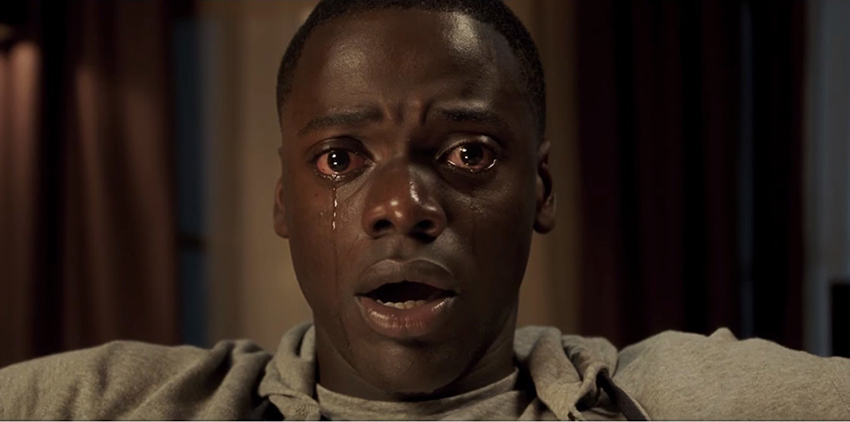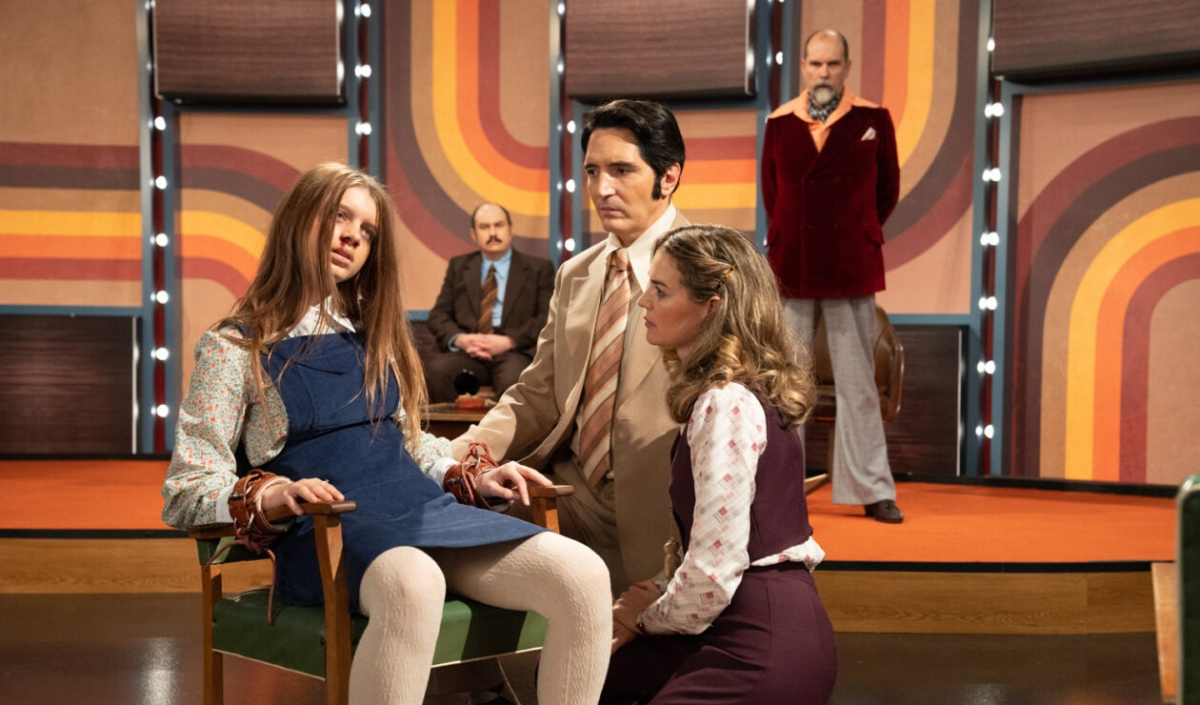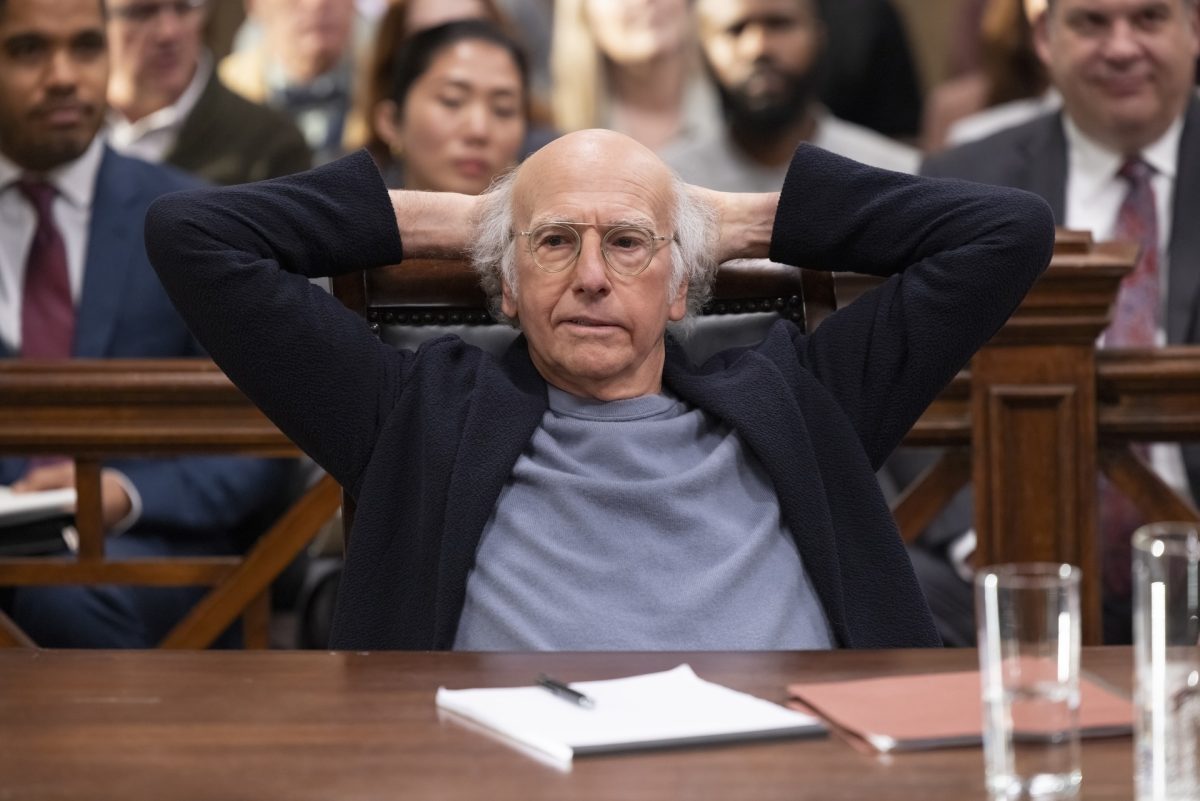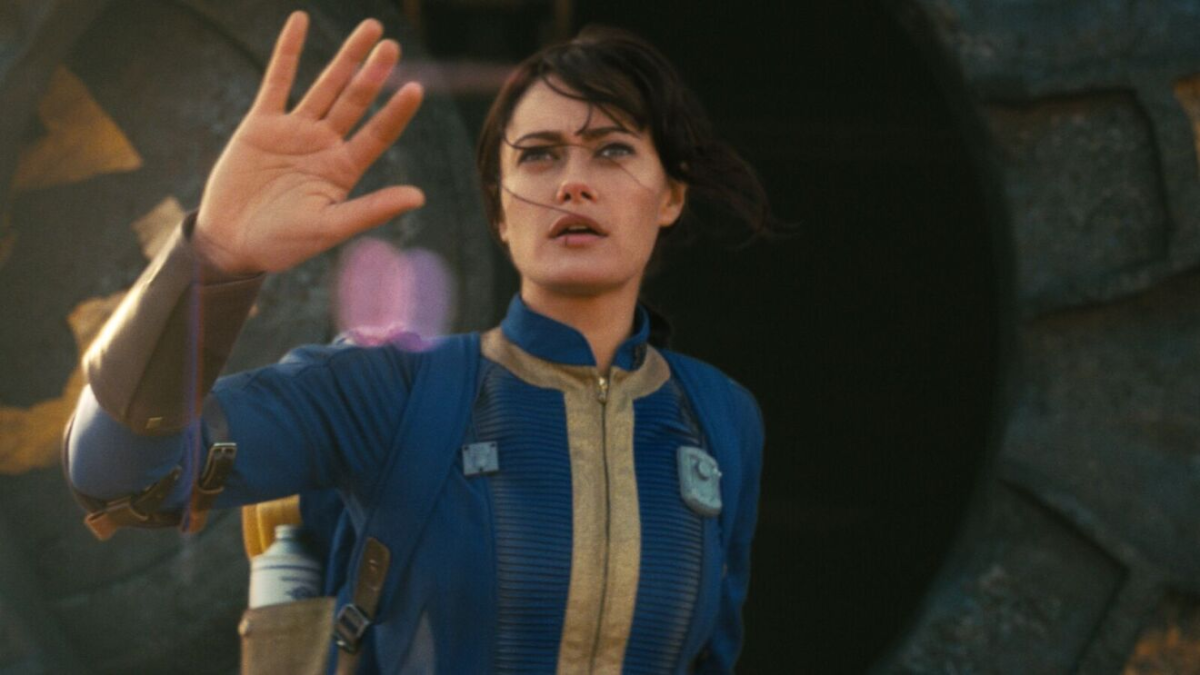‘The Florida Project’
Sean Baker once again revisits forgotten America in “The Florida Project,” portraying a summer in the life of young Moonee and her unemployable mother. Moonee spends her days causing trouble with other kids, and while her escapades are charming, it’s her glimpses of the trials and tribulations her mother experiences that are most affecting.
With a shining performance by Willem Dafoe and star-making turns by newcomers Brooklynn Prince and Bria Vinaite, “The Florida Project” paints an emotional portrait of marginalized people grappling with unfortunate circumstances. But Baker locates the light within the darkness, even when the world comes crashing down around Moonee. This is most apparent during “The Florida Project’s” bizarre yet altogether fitting conclusion in which two girls run to an uncertain future — and a happily ever after of their imagination.
‘Lady Bird’
“Lady Bird” focuses on the tumultuous dynamic between a strong-willed teenager, Christine “Lady Bird” McPherson, and her equally-stubborn mother. Their relationship is a funny yet heartfelt one where one moment, they’re bitter foes arguing about Lady Bird’s slouch and in the next, they’re best friends fawning over a dress that simply speaks to them.
It’s the authentic moments like these that make “Lady Bird” such a warm and relatable coming-of-age story. Saoirse Ronan ably carries the film on her shoulders as the titular character, capturing Lady Bird’s frustrations, doubts and dreams with verve and wit, while her director, Greta Gerwig, imbues the picture with her love of Sacramento, her hometown and the film’s setting. The superb work of both women shapes “Lady Bird” into an intensely personal film that highlights the importance of family no matter what.
‘Dunkirk’
Christopher Nolan’s tribute to the Dunkirk evacuation of World War II is an epic masterpiece, stripping away dialogue and exposition to focus on the singular question: Who will survive? Though the story is straightforward, Nolan introduces a narrative element of nonlinearity that allows for some truly clever moments of tension-building and character-development. At one point, the frantic cutting between timelines stretches a Spitfire’s 30-second attack run to a span of minutes, while at another, Cillian Murphy’s traumatized soldier is later shown to have been a calmer individual before his introduction.
“Dunkirk” is a confident visceral experience, filmed in stunning IMAX 70mm. Its raging sound design makes its audience a participant in the action, and Hans Zimmer’s excellent, anxiety-inducing score makes prominent use of a ticking watch, reminding us ever constantly that time for the British is running out. This is a harrowing and moving cinematic journey, one that celebrates survival, sacrifice and courage in the face of fascism at its most terrifying.
‘The Shape of Water’
Guillermo del Toro’s breathtaking “The Shape of Water” captures the magic of emotional connections. On paper, this fantasy romance between an amphibian man and a mute woman sounds more awkward than sweet, but its nearly flawless execution will quiet any naysayers in the room. From its remarkable production design to a stellar leading performance by Sally Hawkins, “The Shape of Water” outclasses not only most of the pictures this year, but many others of its kind.
Most notable, however, is “The Shape of Water’s” empathy for its large cast of characters, each of whom displays surprising dimension and humanity. Del Toro doesn’t shortchange any of them because they all connect to the film’s central idea: that we should see people for who they truly are, not who we think they are. All of del Toro’s elements coalesce into a moving and inspiring whole that reminds us why stories matter, and why cinema is a kind of magic all on its own.
‘Mudbound’
In a just world, director Dee Rees’ “Mudbound” would be the Academy Awards’ front-runner for Best Picture. A nuanced look at race relations, it follows two families in the rural American South during World War II, both of whom send a son to fight in the war. The way Rees contrasts the stories of these two young men is brilliant, creating a complex look at America’s past and how it informs the nation’s present.
A pitch-perfect script by Rees and Virgil Williams shines light on the characters’ inner thoughts, with sustained monologues, delivered via voiceover, that flesh out the wide cast of characters. It’s only a shame the film released on Netflix, as voting groups tend to ignore films that don’t release in theaters across the country.
‘A Ghost Story’
Pretentious, depressing, and incredibly oblique, Texan director David Lowery’s “A Ghost Story” is a tough film to grasp. Casey Affleck stars as a character simply known as C, married to Rooney Mara’s M in an ambiguous suburban house. For the first half hour or so, the story is a romantic tragedy, following the ups and downs of their relationship before C dies in an offscreen car crash. It’s here that Lowery lets loose, bringing C back as a ghost wearing a bedsheet who can see M’s grief.
On paper, the premise seems fairly shallow and dumb, but Lowery pulls it off with an incredible amount of tenderness and bold filmmaking. A long, unbroken take of grief-stricken Rooney Mara eating a whole pie in one sitting left many audiences in tears — but unfortunately went viral as a meme. The last half hour of the film is a bold look into Lowery’s psyche, a meditation on the passage of time, the meaning of life and the importance of the people in our lives.
‘Get Out’
In a year full of surprisingly fantastic genre films, Jordan Peele’s directorial debut “Get Out” is the best. The movie is many things — a crowd-pleasing thriller, a social satire, a shockingly frightening horror film — but it’s never boring. Daniel Kaluuya’s leading performance carries the film, using his eminently expressive eyes to show humor, fear and, eventually, a general sense of being fed up with it all.
From front to back, “Get Out” is packed to the brim with figurative imagery, using the well-worn structure of horror films to hold a mirror up to America’s problems. Peele asks the audience to decide on their own what’s a worse reality: that a secret society of people plot to conspire against people of color, or that the nation itself is structured to make their life harder?
‘Star Wars: The Last Jedi’
The boldest and best blockbuster since “Mad Max: Fury Road,” the newest Star Wars film is essentially perfect. The most thematically heavy film in the series, “The Last Jedi” addresses capitalism, war profiteers, the inevitability of failure and the need to fight for something rather than against someone.
This time, the focus lies entirely with the new cast of characters, as Mark Hamill and the late Carrie Fisher take a back seat to Daisy Ridley, Oscar Isaac, John Boyega and Adam Driver. Driver’s Kylo Ren is potentially the series’ best character — a conflicted young adult who strives to impress those around him by recreating the evils of his grandfather, Darth Vader. Throughout the story, he slowly grows into his own person, becoming all the more dangerous to those around him. But for the heroes, who take loss after loss in this movie, fighting against Kylo Ren’s First Order armies takes a backseat to life’s more important themes, delivered perfectly by newcomer Kelly Marie Tran as Rose: “That’s how we’re going to win. Not fighting what we hate, saving what we love.”





















